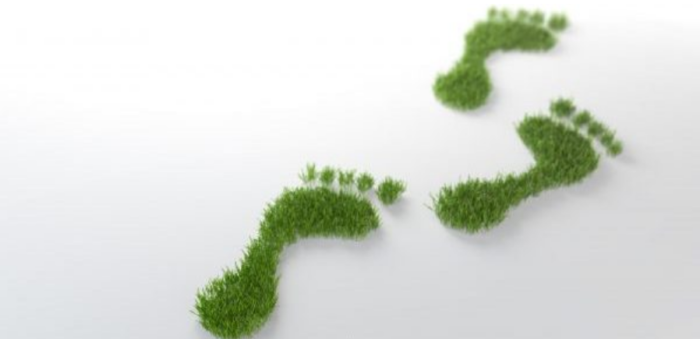In order to achieve a transition to a more circular economy and society in general, the Rs help us: Reduce; Reuse; Recycle. However, Ichin Cheng in “Designing for the Circular Economy” says that these are not enough. In fact, twelve Rs are needed to fully achieve a circular society.
The circular economy presents a world in which reuse through repair, reconditioning and refurbishment is the leading social and economic model.
[smlsubform prepend=”GET THE SAFETY4SEA IN YOUR INBOX!” showname=false emailtxt=”” emailholder=”Enter your email address” showsubmit=true submittxt=”Submit” jsthanks=false thankyou=”Thank you for subscribing to our mailing list”]
Currently, human health can be significantly influenced by litter in the form of injuries from debris such as broken glass or indirectly by chemicals, toxins or bacteria in the water. In addition, plastics have been found in a wide variety of species that we eat, such as bivalves (e.g. mussels), crustaceans (e.g. crabs) and fish.
In order to mitigate this situation, the solutions are simple, and can be applied by everyone.
The best way we can all help is to reduce new litter. This may sound naïve, but it is a fact. To do that, there are the three Rs that can help us do this:
- Reduce: Choose products with less packaging, or shops where you can refill your own container.
- Reuse: Use reusable products.
- Recycle: Separate items that can be recycled (i.e. plastic, paper, cardboard).
However, in “Designing for the Circular Economy”, Ichin Cheng mentions that the three Rs are not enough, as twelve Rs are needed. These are:
- Reduce;
- Reuse;
- Recycle;
- Repair;
- Refurbish;
- Re-purpose;
- Re-design (Eco-design);
- Re-manufacturing;
- R&D: new materials and innovation;
- Re-skill;
- Reverse supply chain management;
- Re-vision: Green revolution;

































































